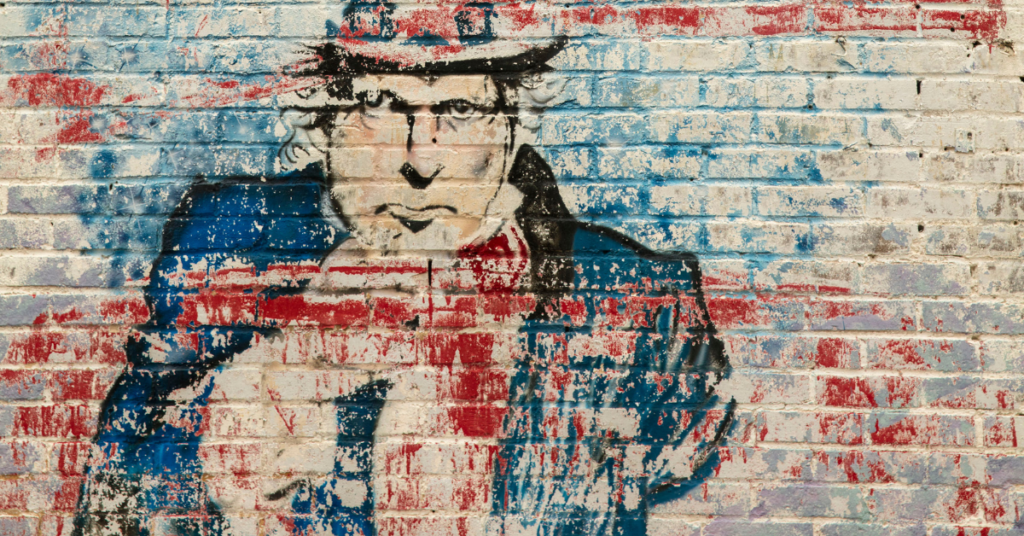
The iconic phrase, “Uncle Sam, I Want You,” has become a part of American culture, symbolizing a call to duty and patriotism. This iconic image, featuring Uncle Sam pointing directly at the viewer, was first used during the First World War and has since been turned into a rallying cry for military recruitment.
Beyond its recruitment poster beginnings, the symbol has permeated several aspects of American life and has evolved over time to represent more than just a call to arms. It’s appeared in countless political cartoons, advertisements and parodies, adapting to the changing times while maintaining its core message of American identity and patriotism.
History of the personification of the United States
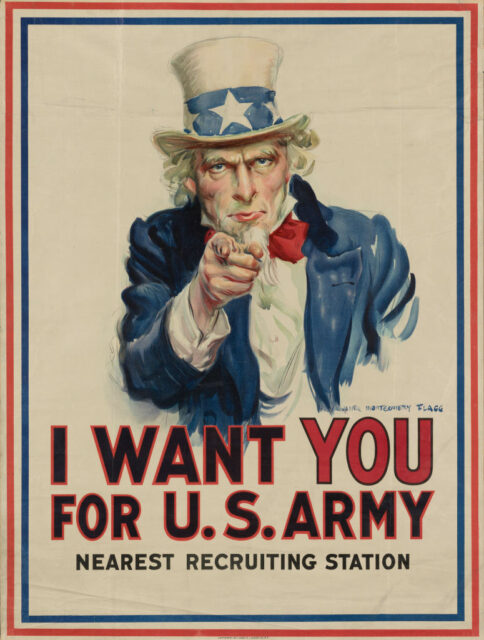
Before the iconic “Uncle Sam, I Want You” poster became a symbol of American patriotism, the figure himself went through a fascinating evolution. Initially, the character wasn’t associated with any specific imagery or iconography. The origins of Uncle Sam can be traced back to the War of 1812, where he emerged as a personification of the US government.
Prior to this, other symbols – Columbia, Lady Liberty and Brother Jonathan – had been used to represent the United States.
Samuel Wilson, a meat packer who supplied barrels of beef to the US Army, is often credited as the inspiration behind the name. The barrels were marked with “U.S.” for United States, but soldiers began joking that the initials stood for “Uncle Sam” Wilson. The local newspaper picked up on the story, and the nickname soon spread.
Over time, Uncle Sam’s image started to take on a more defined form, largely due to the efforts of political cartoonists. One of the most influential of these was Thomas Nast, who played a significant role in creating the visual representation of Uncle Sam. Nast’s 19th-century illustrations depicted the character in a variety of contexts, gradually shaping him into a recognizable national symbol. He was portrayed as a stern but benevolent figure, dressed in the stars and stripes of the American flag.
This laid the groundwork for James Montgomery Flagg’s famous World War I-era recruiting poster. His rendition of Uncle Sam, pointing directly at the viewer with a determined expression and the caption, “I Want YOU for U.S. Army,” has since become one of the most enduring images of American propaganda.
The birth of ‘Uncle Sam, I Want You’
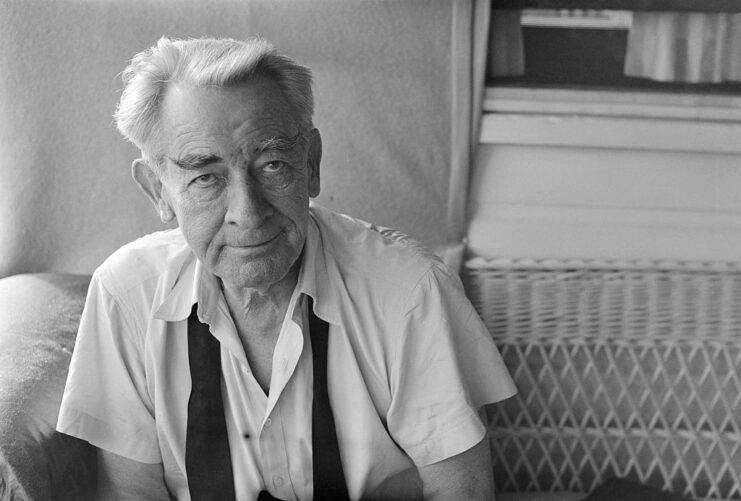
The origins of the “Uncle Sam, I Want You” poster are deeply rooted in American history. The image, synonymous with military recruitment, was first introduced in a July 1916 issue of Leslie Weekly magazine, with the poster debuting the following year. Its creation was motivated by the urgent need to boost enlistment rates as the United States entered World War I.
As aforementioned, the man behind this piece of art was illustrator James Montgomery Flagg. His inspiration for Uncle Sam was a combination of historical symbolism and personal convenience; he used his own likeness to save on model costs, adding a touch of authenticity and urgency to the character’s stern, pointing gesture.
Impact of ‘Uncle Sam, I Want You’
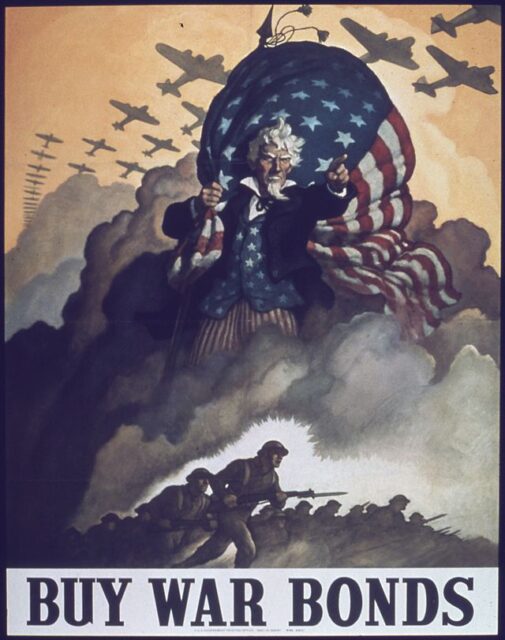
The impact of the poster was immediate and profound. It wasn’t just a call to arms; it became a symbol of American patriotism, urging citizens to contribute to the war effort in any way they could. The poster’s design, with Uncle Sam dressed in stars and stripes, pointing directly at the viewer, was a masterstroke of persuasive art. It personalized the recruitment message, making each viewer feel individually addressed and responsible for the country’s fate.
This direct appeal to the viewer’s sense of duty and patriotism is what’s allowed the image to endure, making it one of the most recognized and replicated pieces of propaganda in American history. In fact, its impact has stretched beyond military enlistment. It became an enduring representation of the government’s call to citizens, encouraging them to contribute to various national efforts, including war bonds and volunteer services.
Uncle Sam in modern times
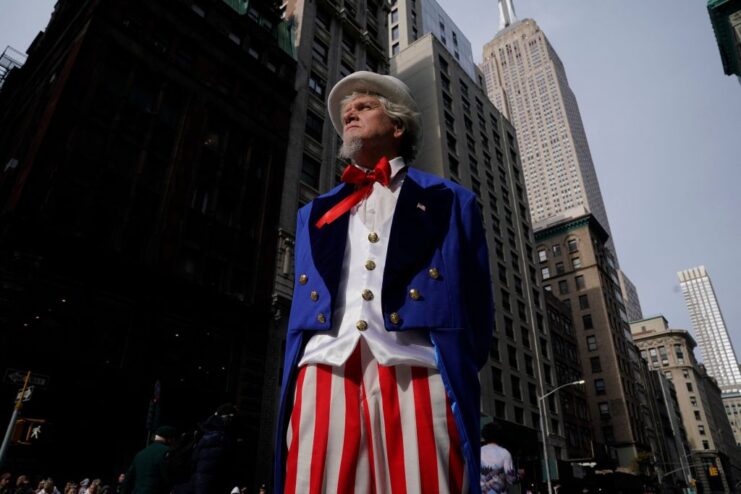
In the digital era, Uncle Sam has found a new lease of life. Today, this image is repurposed across various platforms, from social media campaigns encouraging voter registration to public service announcements promoting community involvement. Its ability to adapt to the times while maintaining its core message is a testament to the image’s enduring legacy in the collective American consciousness.
Moreover, the figure of Uncle Sam has been creatively reimagined to reflect contemporary issues and values. Artists and activists have modified the “Uncle Sam, I Want You” motif to address topics ranging from environmental conservation to equality and inclusion. This evolution of the image from a recruitment tool to a broader symbol of engagement and responsibility highlights how historical icons can be revitalized to inspire current and future generations.